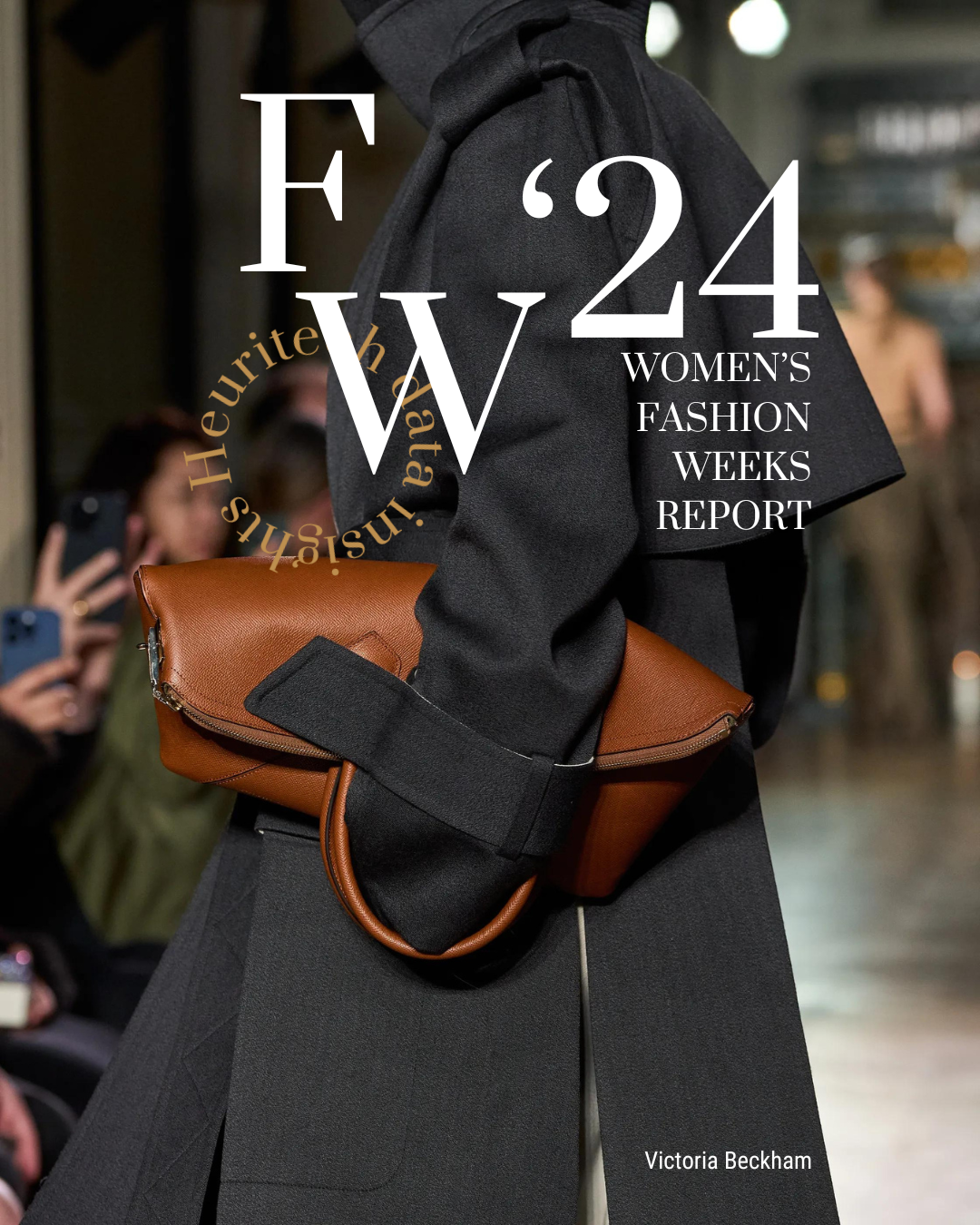By challenging convention and filling the gaps left by retailers and fast fashion leaders, Digitally Native Vertical Brands (DNVBs) are setting up a specific business model. This new generation is mastering the whole supply chain and has a sustainable mission in mind: changing the world for the better.
Heuritech had the opportunity to sit down with Viviane Lipskier, brand strategist, who just published her book on Digitally Native Vertical Brands: The gifted of the digital trade for an intriguing and passionate discussion.
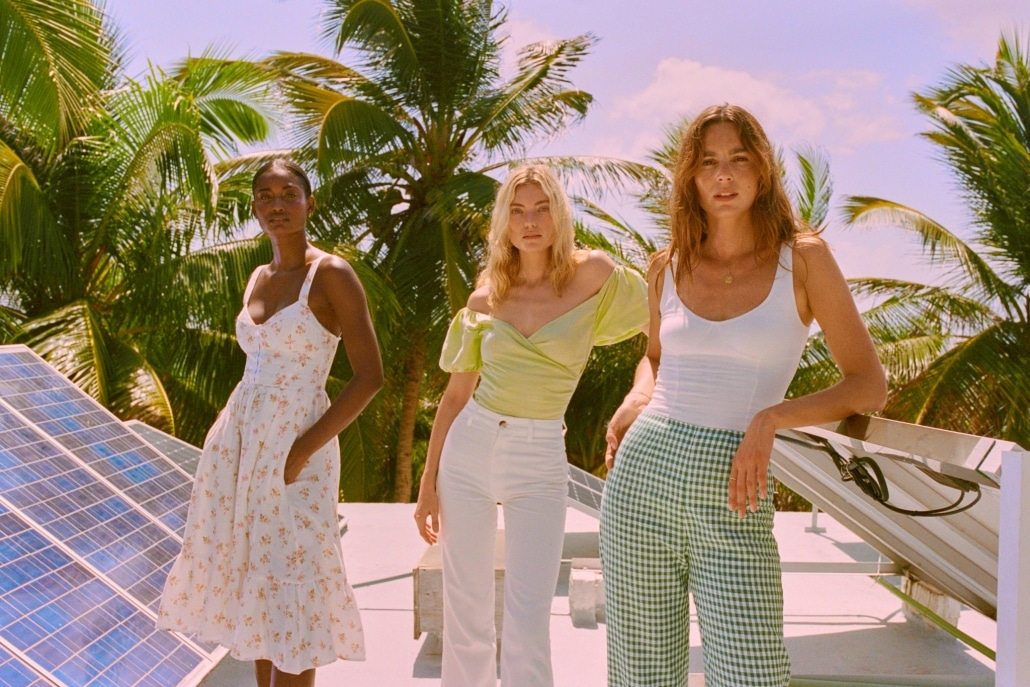
A talk with Brand Strategist Viviane Lipskier
Heuritech: Where did your interest for DNVBs come from?
Viviane Lipskier: I was initially wondering why H&M decided to partner in 2015 with Balmain’s Olivier Rousteing, a relatively unknown fashion designer, after working with established iconic designers like Karl Lagerfeld (2004) or Lanvin’s Albert Elbaz (2010). While Olivier Rousteing’s social media approach towards his community was impressive, I wondered whether Balmain was using a growth marketing strategy to stand out in the digital environment. Obviously, the answer was yes.
H: What cultural bridge do you see between traditional firms and DNVBs?
VL: The gap between the two might be co-creation, an initiative luxury brands are not accustomed to.
Traditional luxury brands provide narrative, aesthetics and visual values based on the founder’s personality.
On the contrary, DNVBs, because they are co-built models, reflect the client’s personality.
I think two brands have succeeded in reconciling both. The awarded DNVB Von Holzhausen, dubbed the “Tesla of handbags”, provides eco-conscious leather and production in the best Italian workshops.
Maison Buly 1803, which is an outer DNVB but behaves like one, seeks out the best beauty products, carrying on traditional savoir-faire with innovative pharmaceutical industry players.
Digital brands driven by positivity
H: What are the key success factors of DNVBs in terms of social media? Is there a secret, “feel good” image recipe that we can learn from?
VL: Social media is only the tip of the iceberg when it comes to the success of DNVBs.
DNVB founders have positivity in common: they are really concerned with having a positive impact on the world. Their trustworthy involvement leads to an increased, voluntary engagement among their community members.
Look at Heist Studio, a British hosiery specialist which decided to focus on well fitted tights and the fight against the accelerated obsolescence of its product by giving it an an extended lifespan. Thanks to 12 months of R&D, under the hashtag #nudeproject, Heist launched luxurious, reliable and comfortable pantyhose.
Very often, there is still confusion between the terms social media and social network.
Luxury brands communicate through social media but it is still very rare for them to have a social network in the original meaning of the word.
Glossier for example is a community-driven beauty brand which has a social network. It is a specific, digital conversation place owned by the brand but where its community can talk without the brand’s interference.
H: Diversity and inclusiveness are increasingly becoming important topics in the fashion industry. It raises the question of “one size fits all”, especially in the lingerie market.
VL: Indeed, there is a distribution problem when it comes to XL sizing in lingerie products.
Once again, a DNVB was born to solve this issue: Third Love, and its “bras and underwear for any body” recently established itself as a challenger to Victoria Secret’s.
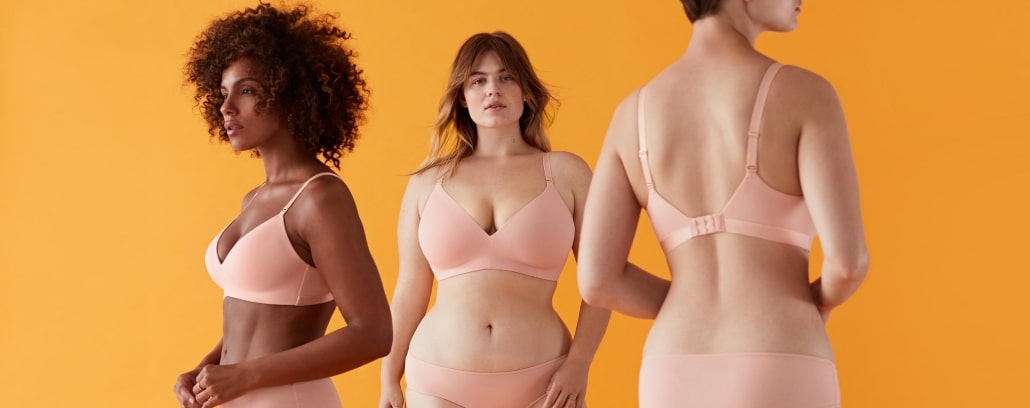
Contrary to Victoria’s Secret, which provides only 36 cup sizes, Third Love sells 70 cup sizes… for the time being! Up until now, women’s cup size measurements relied solely on the use of a tape measure. With Third Love, the client can now use a mobile app based on visual recognition to find the perfect fit. The app has already served 10 million women.
As clients increasingly seek out “no bullshit” marketing, the purchasing act is becoming a sort of political statement.
H: What do you think about the younger generation’s support for sustainability?
VL: DNVBs bet on a direct-to-consumer process. They control the entire supply chain and know their suppliers perfectly.
For DNVBs, sustainability is the norm.
Tom Cridland is a great example of an environmental activist brand. He released a large array of “indestructible” clothes with a 30 year guarantee to fight against both obsolescence and waste.
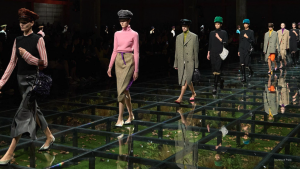
Using social media to communicate on a mission
H: Is it possible for an outer DNVB to apply selected aspects of this business model to succeed and provide a more inclusive image, as Gucci recently did?
VL: If Yves Saint Laurent was alive today, I believe he would have shared his own world vision on social media: an inclusive mix of cosmopolitan and underground characters, diverse models but also oriental and African influences.
Luxury brands originate in the physical world, where there is no place to defend your own world vision. But the digital world on the other hand allows for extensive creative liberty.
The main issue remains the equalizer effect: it is really difficult to emerge on search engines. This is why DNVBs communicate on a mission, a vision and values in order to make a bigger splash.
If luxury brands should study one specific case, it would be the Allbirds sustainable sneaker brand. I have never seen such terrific growth in any other brand creation. Silicon Valley’s elite startupers have adopted it massively.
What strikes me the most with Allbirds is the fact that it is a non-logo product, available only in limited neutral tones. The brand stands out with its effective storytelling, premium natural materials and a premium circuit.
H: Do you have any established luxury brands in mind, which are not DNVBs but which have expressed the concept well?
VL: If I had to choose two brands it would be Chanel and Hermès.
Chanel is an absolute master of content marketing and storytelling all while promoting, since its outset, women’s empowerment through Gabrielle Chanel’s vision. She blurred gender barriers by reworking male outfits for a feminine audience.
Hermès, on the other hand, has decided not to make any compromises when it comes to its fine quality objects, using premium leather, supporting craftsmanship, and conveying a gentle, poetic image, with a dash of cheekiness in its communications, especially on social media.
H: Do you have any last words to conclude our interview ?
VL: Luxury brands have nothing to fear. By essence, they have all the elements to succeed : universal, shared values, a strong image and an aspirational “dream” universe.
The challenge lies more in creating an engaged community: brands should know whether they prefer to have a community rather than simple fans.
If luxury brands take time to get back to their core values, they will continue to be highly desirable, even to millennials or gen Z.
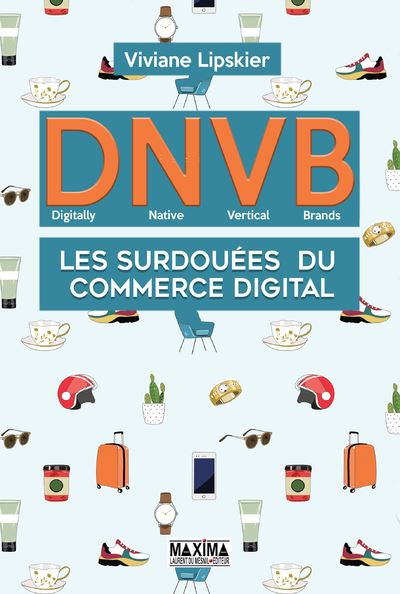
Find out more on DNVBs and read several case study examples in Viviane Lipskier’s latest book (in French) out now. You can also dive further into the DNVB universe through her instagram account.
Looking to launch client-centric products? Heuritech is here to help. Be ahead of consumer expectations with our solution which provides influencer and consumer insights from social media.


